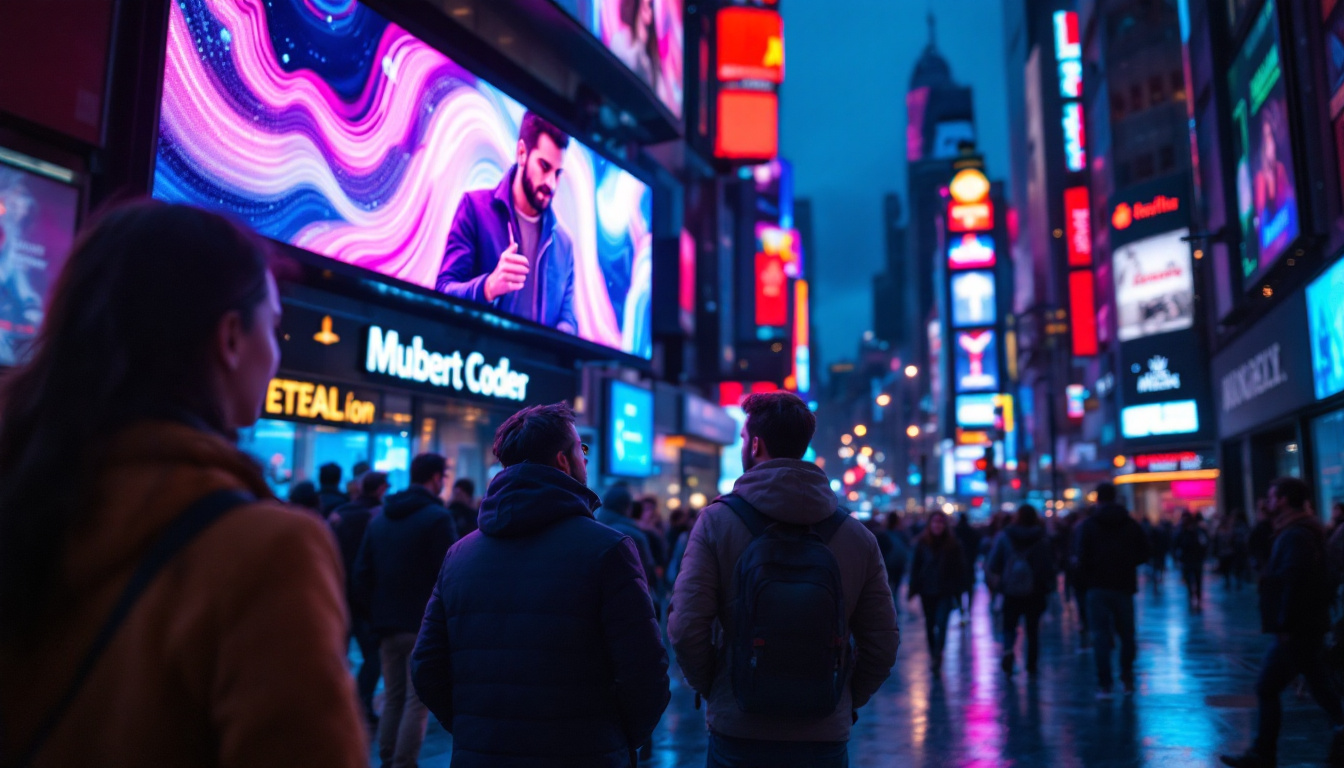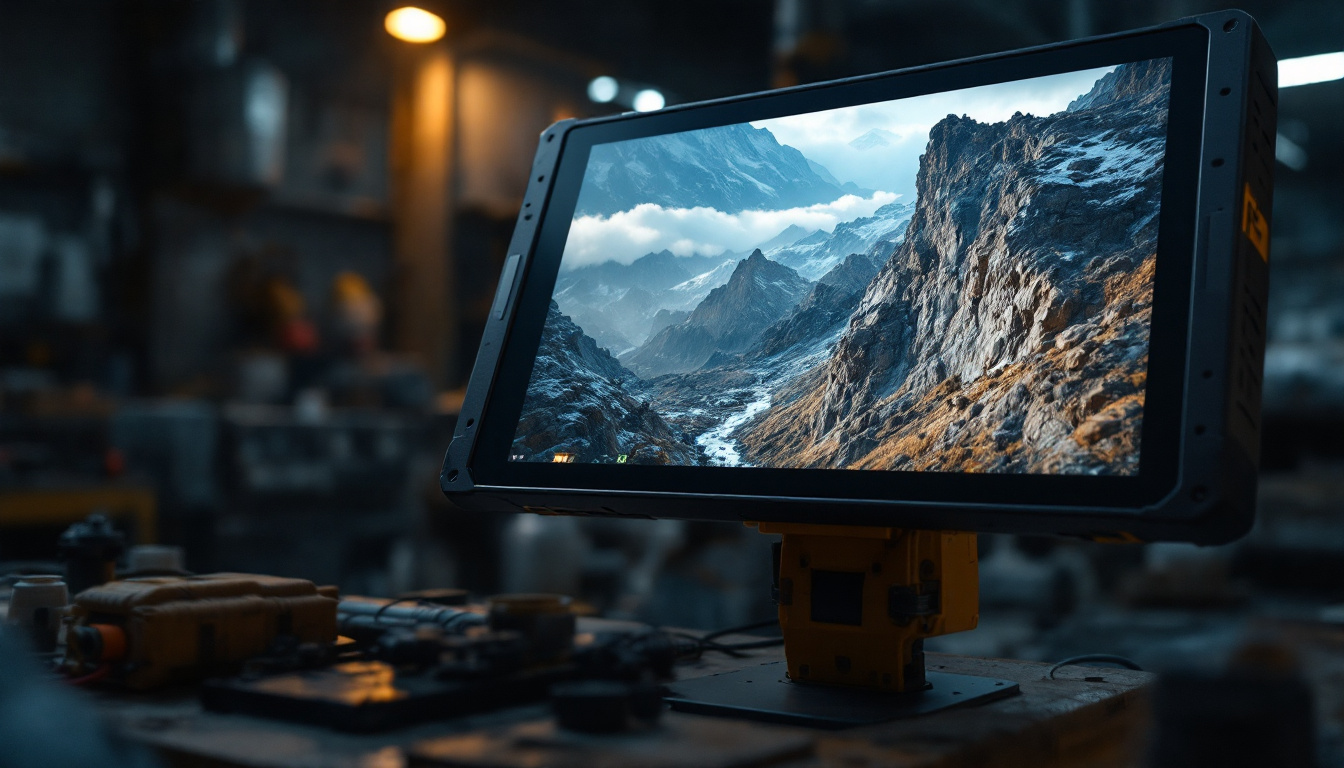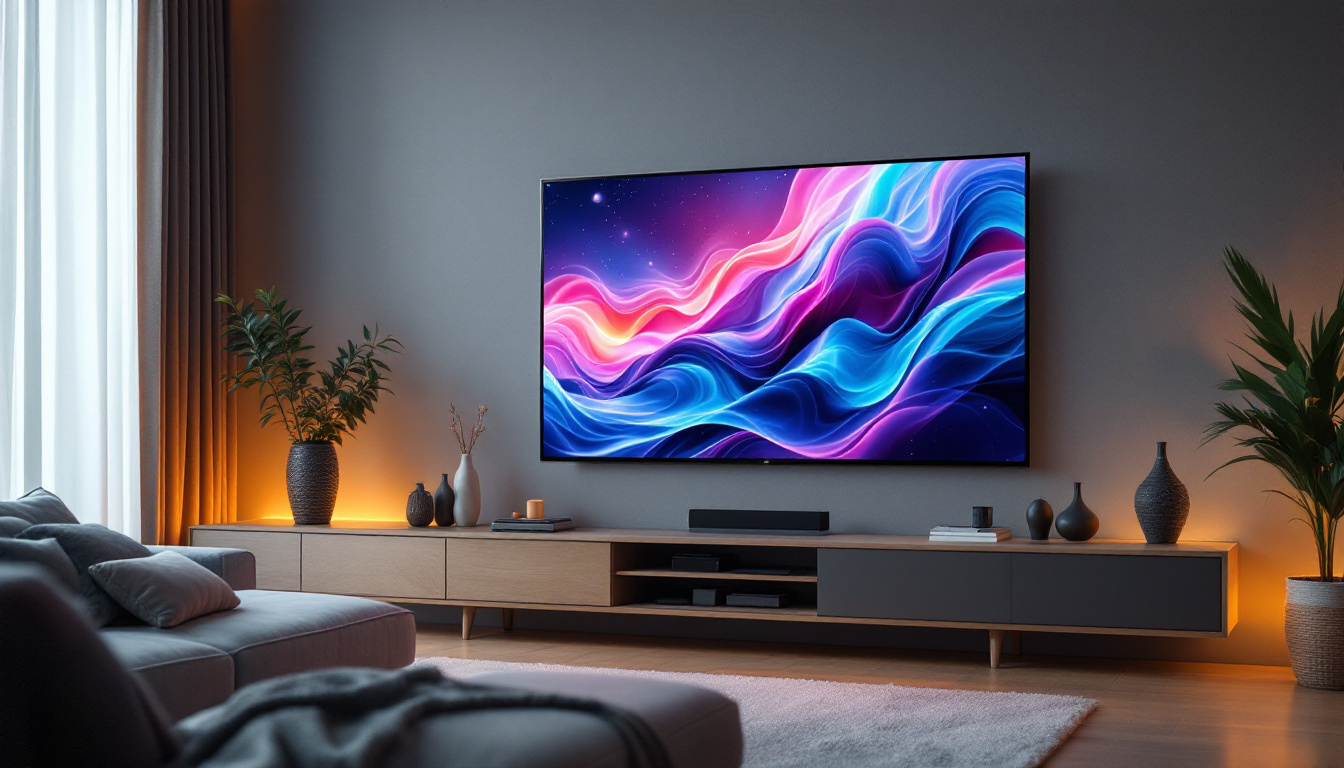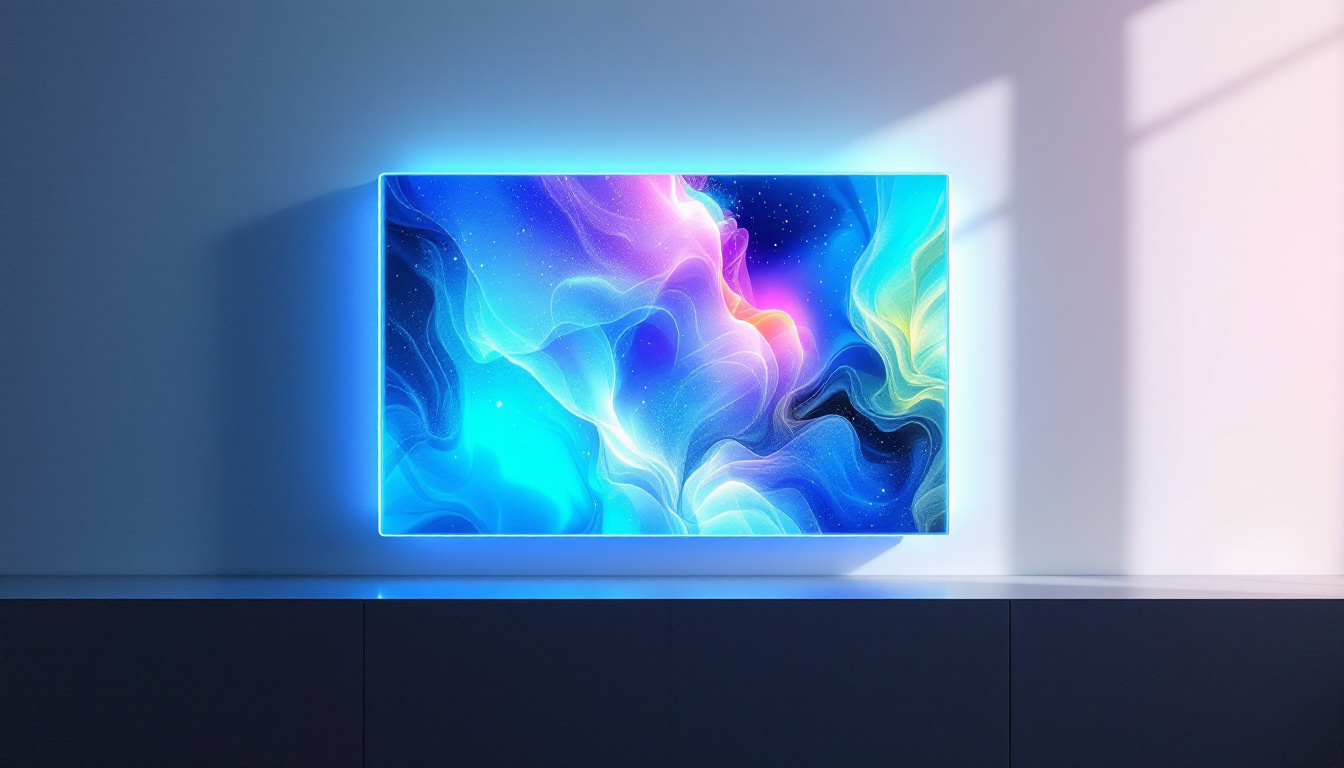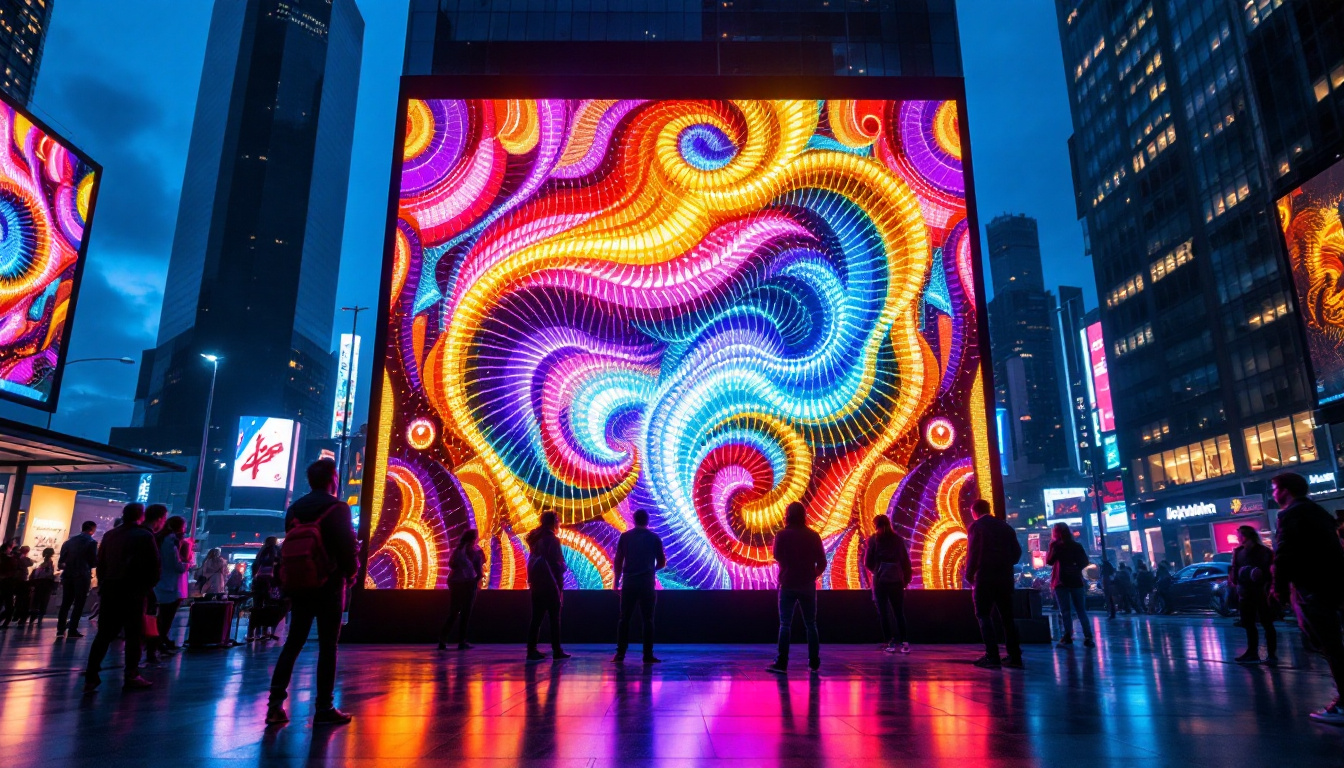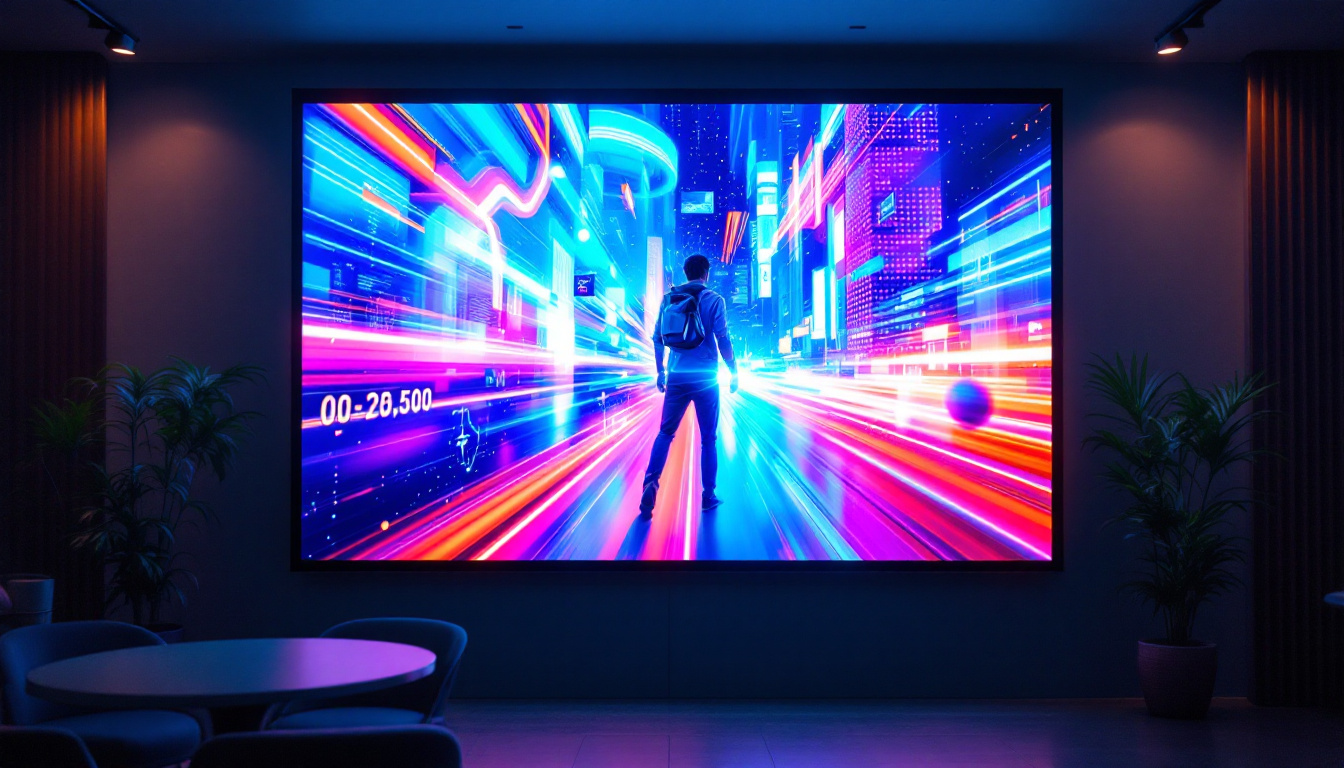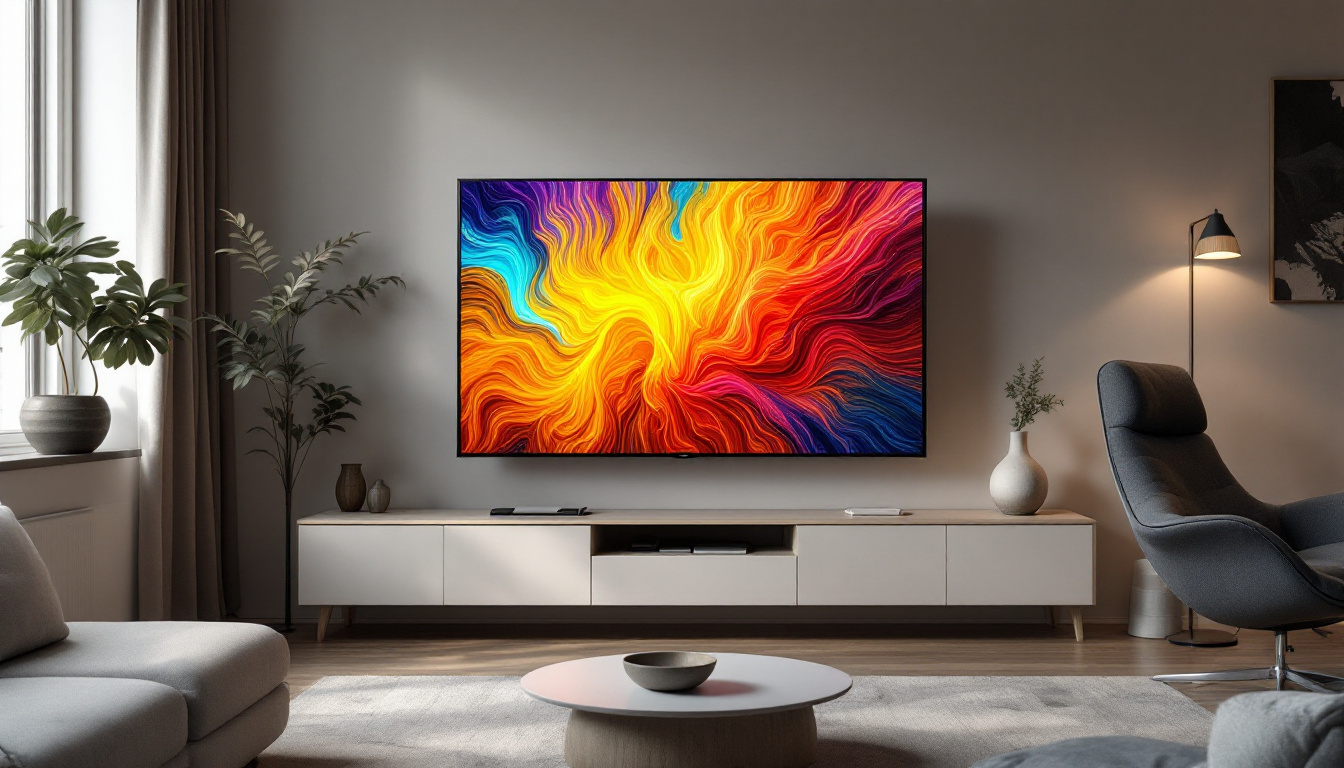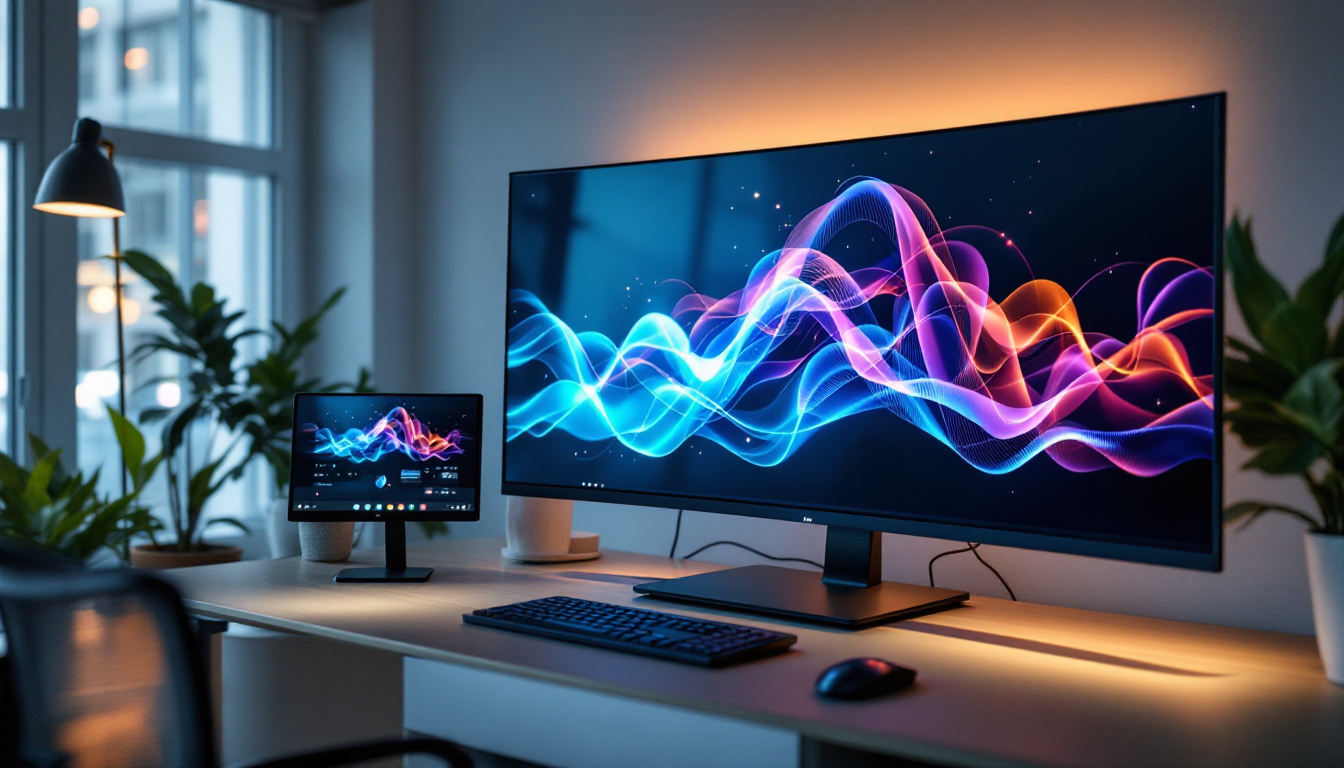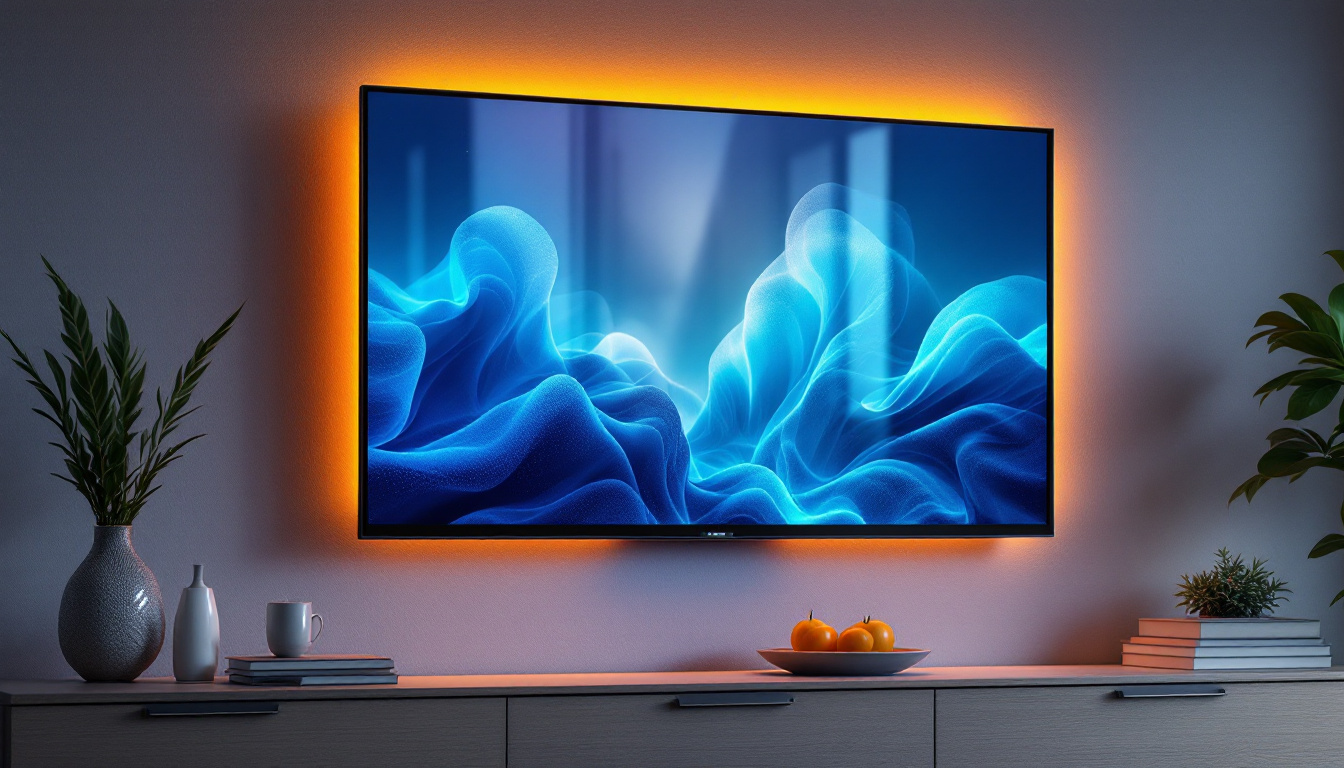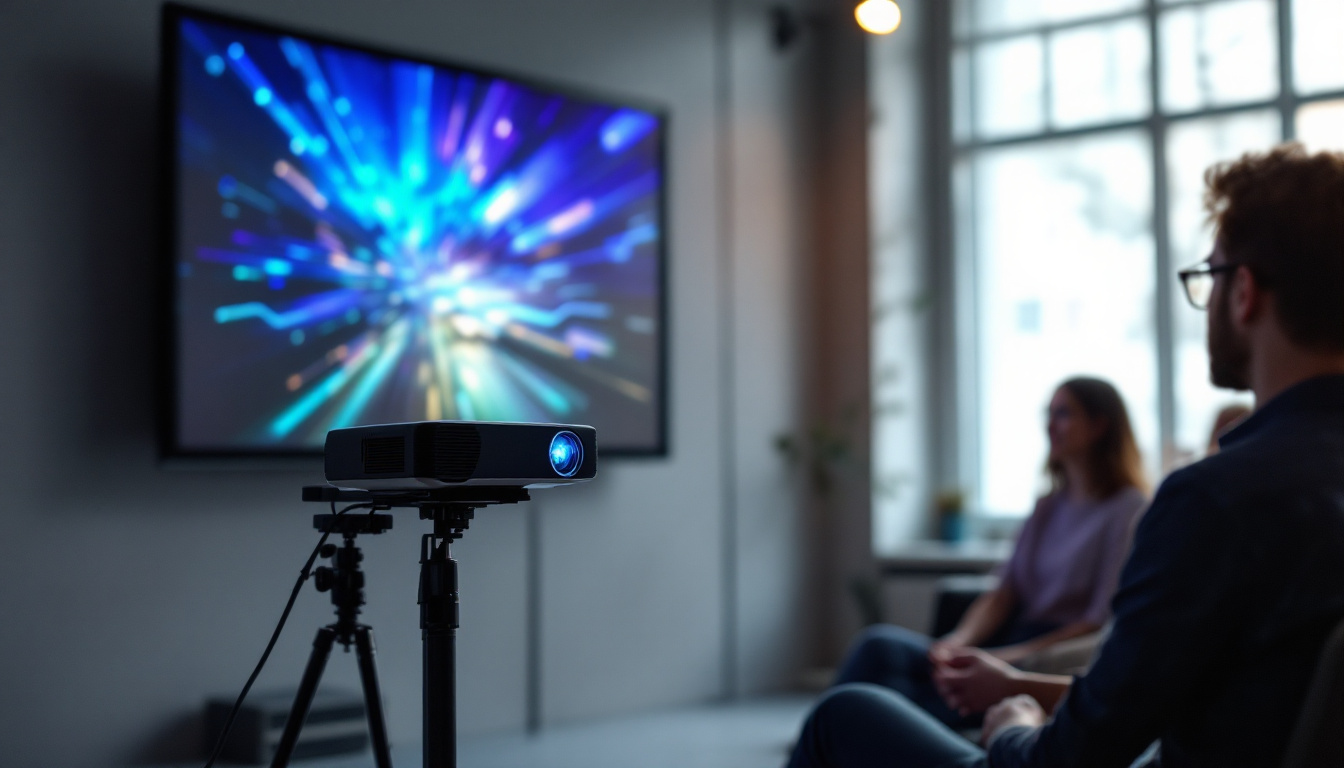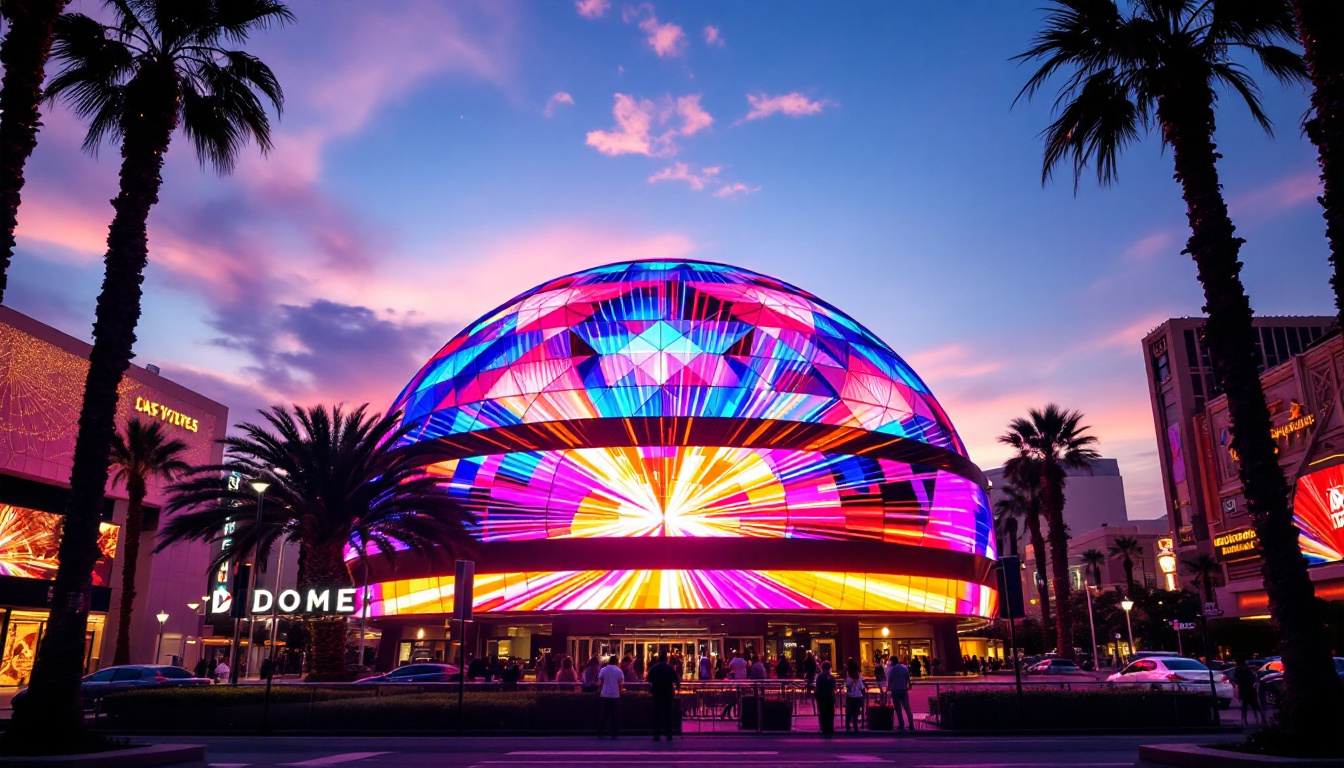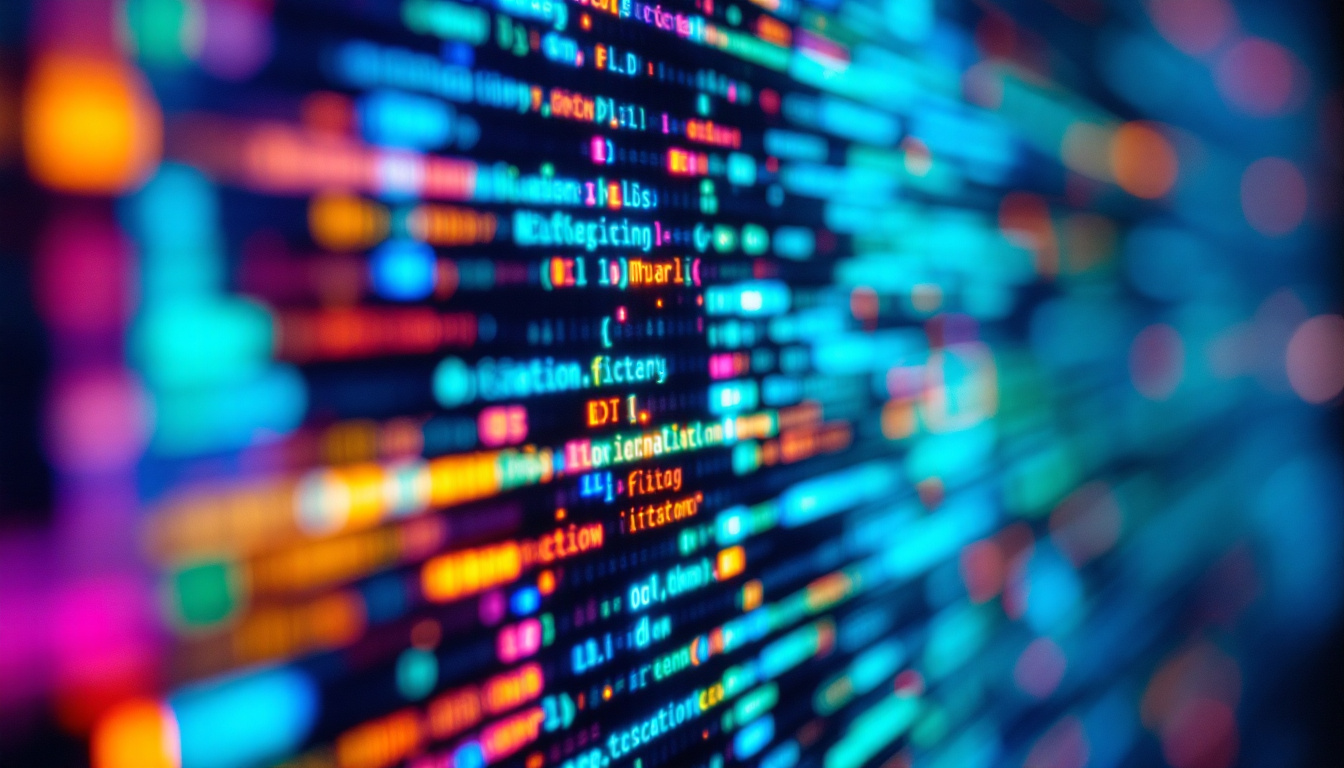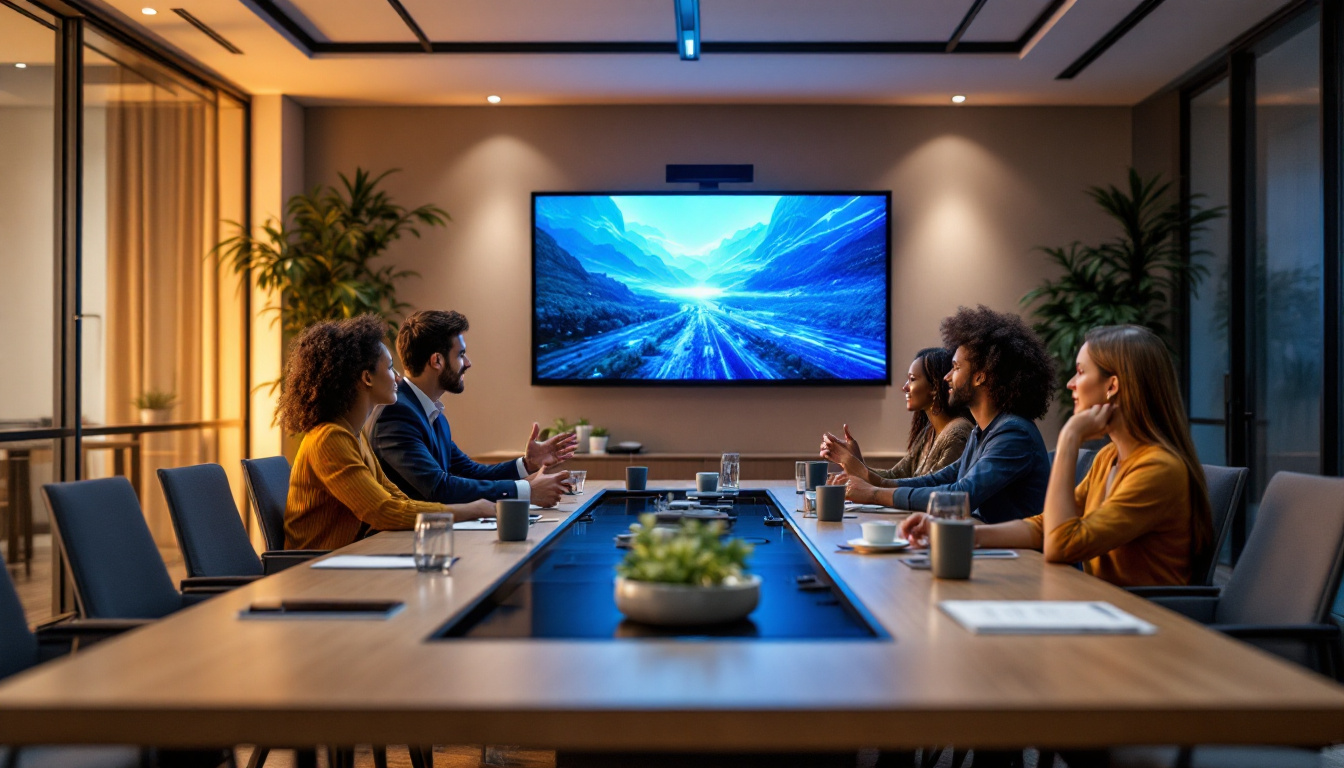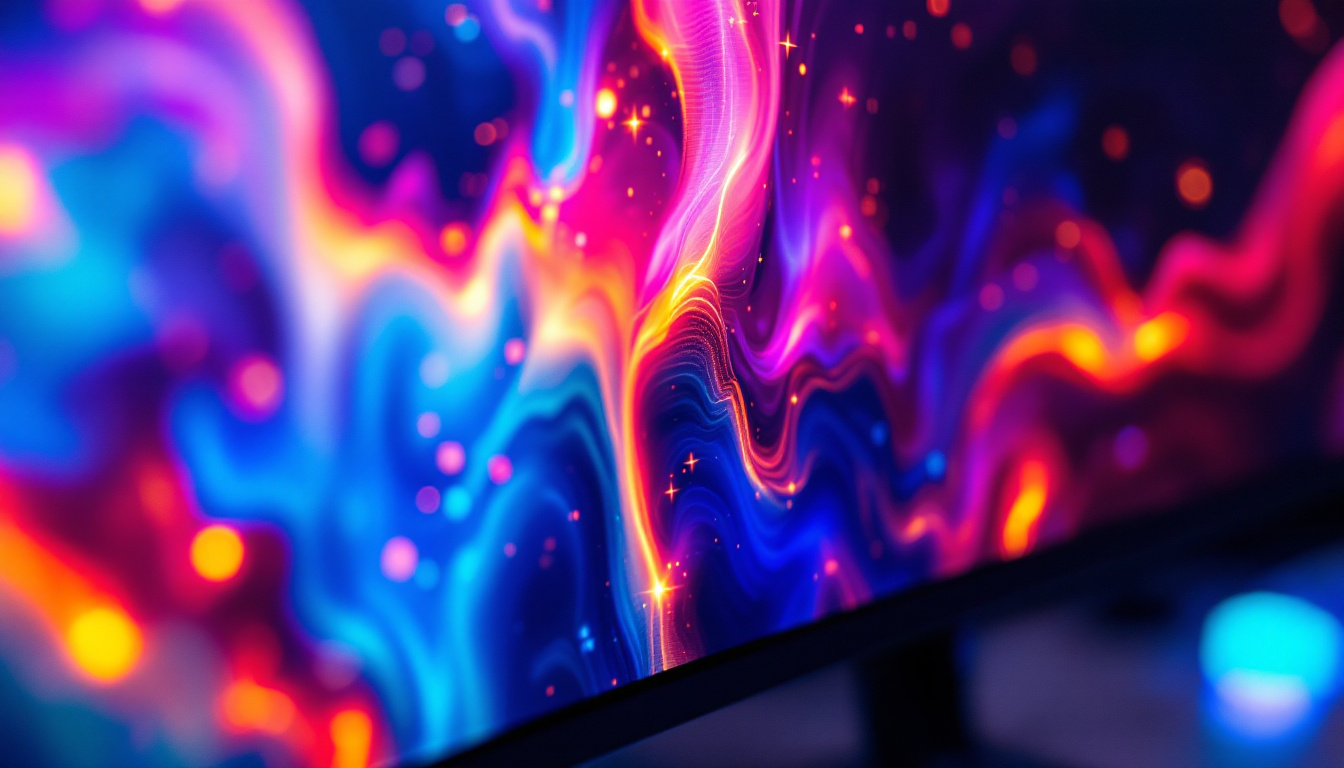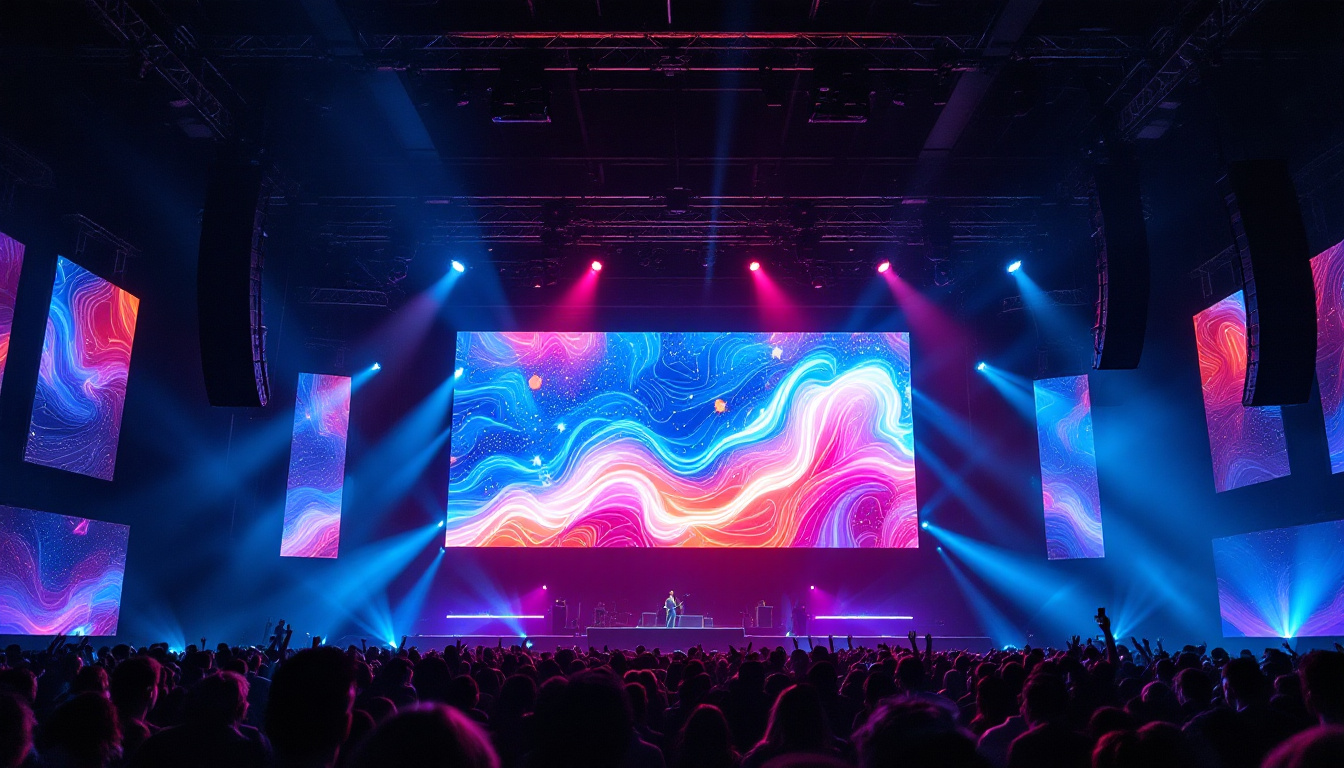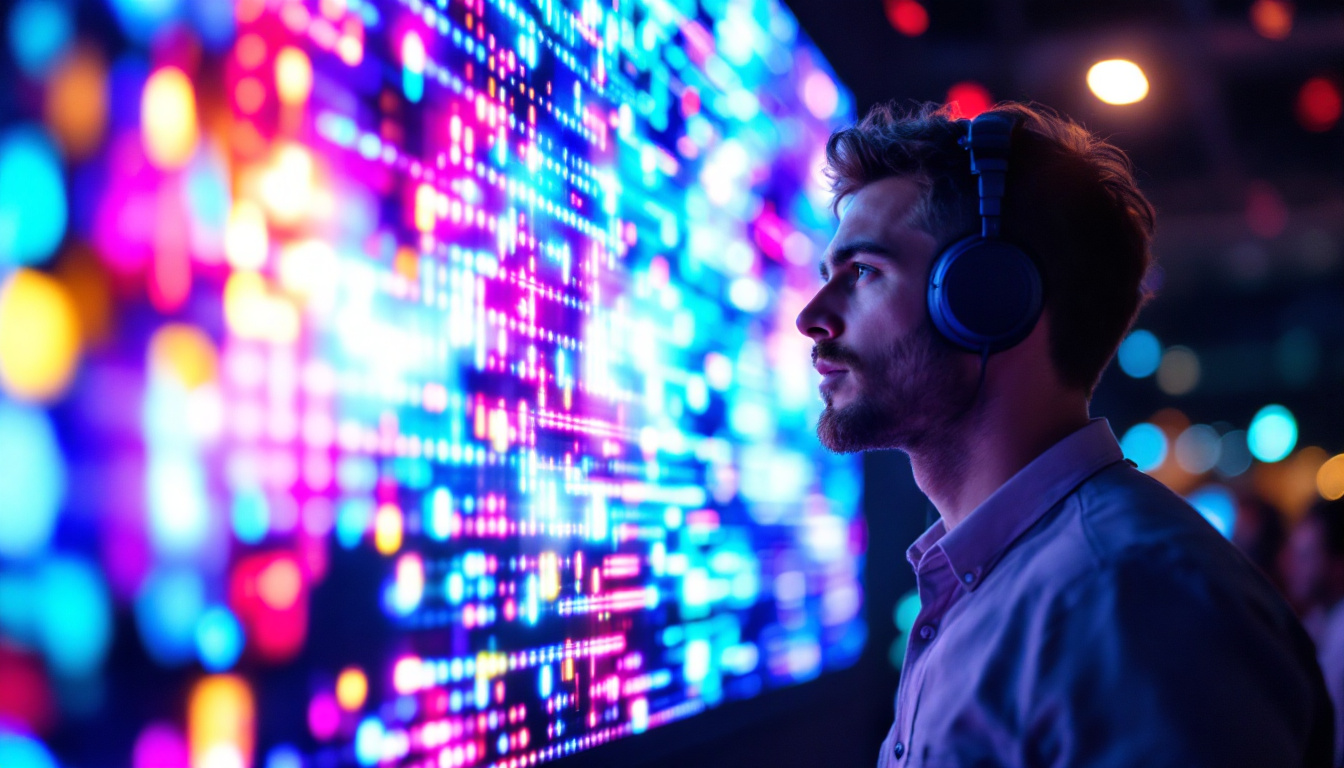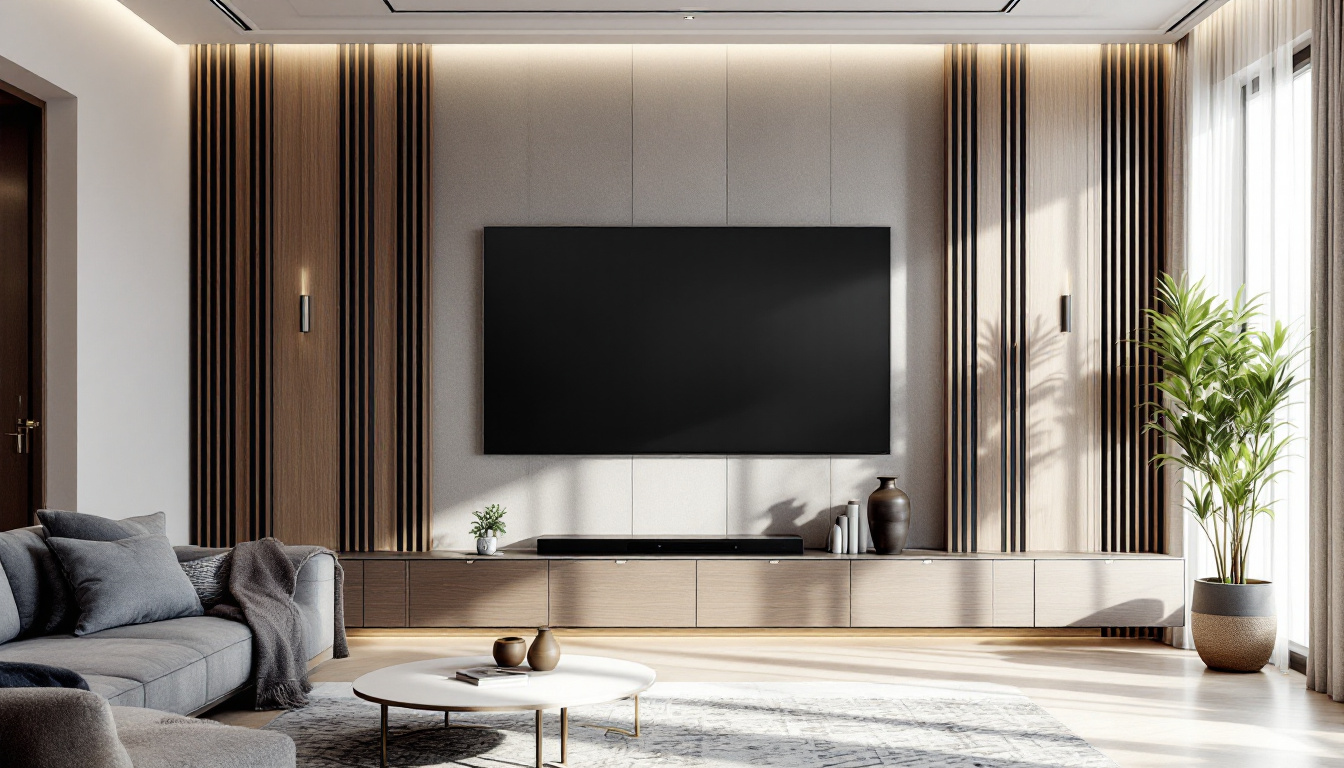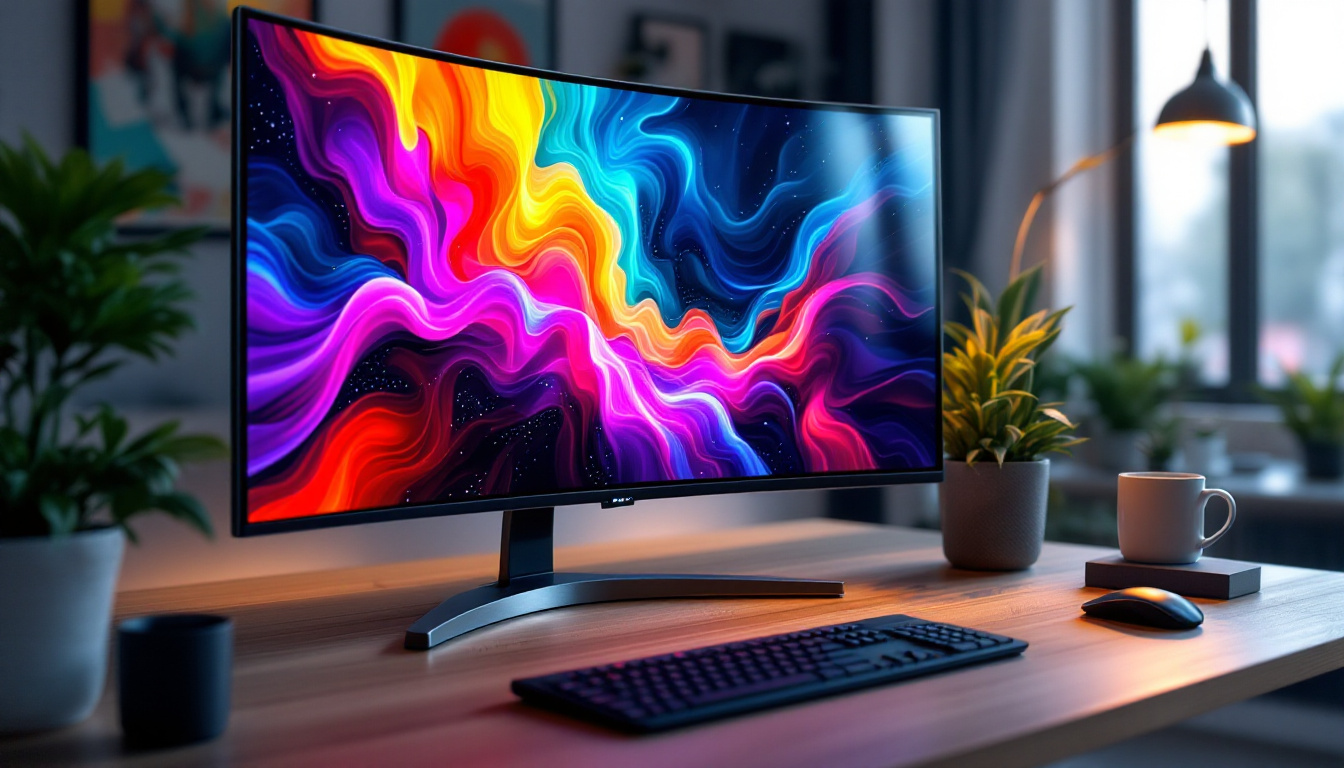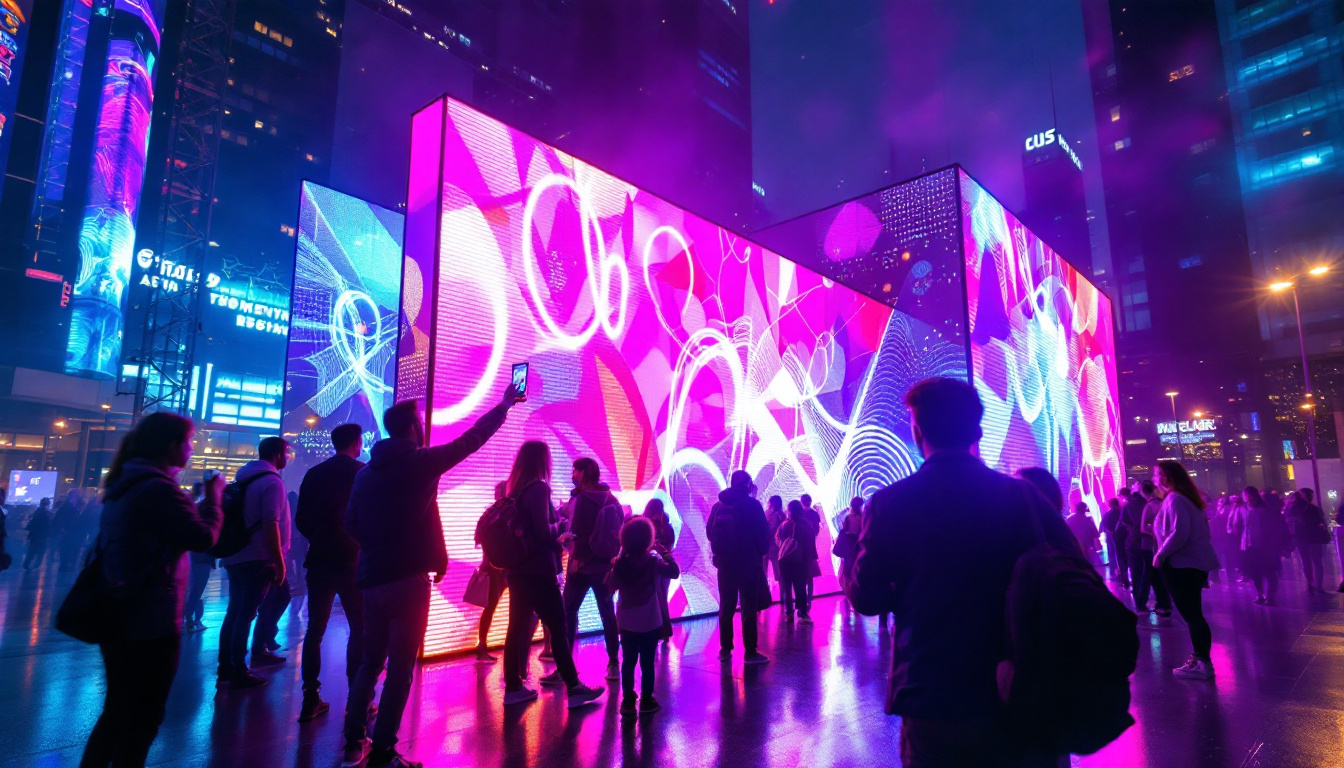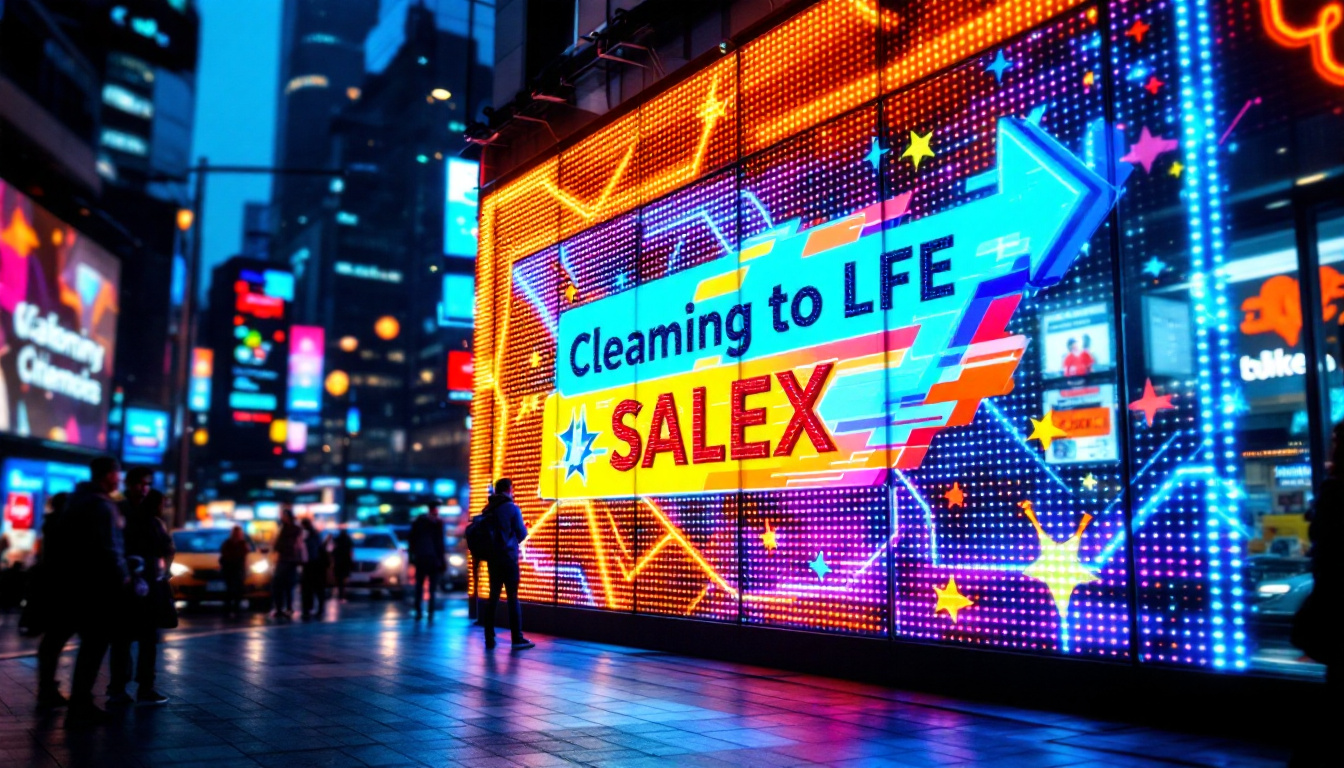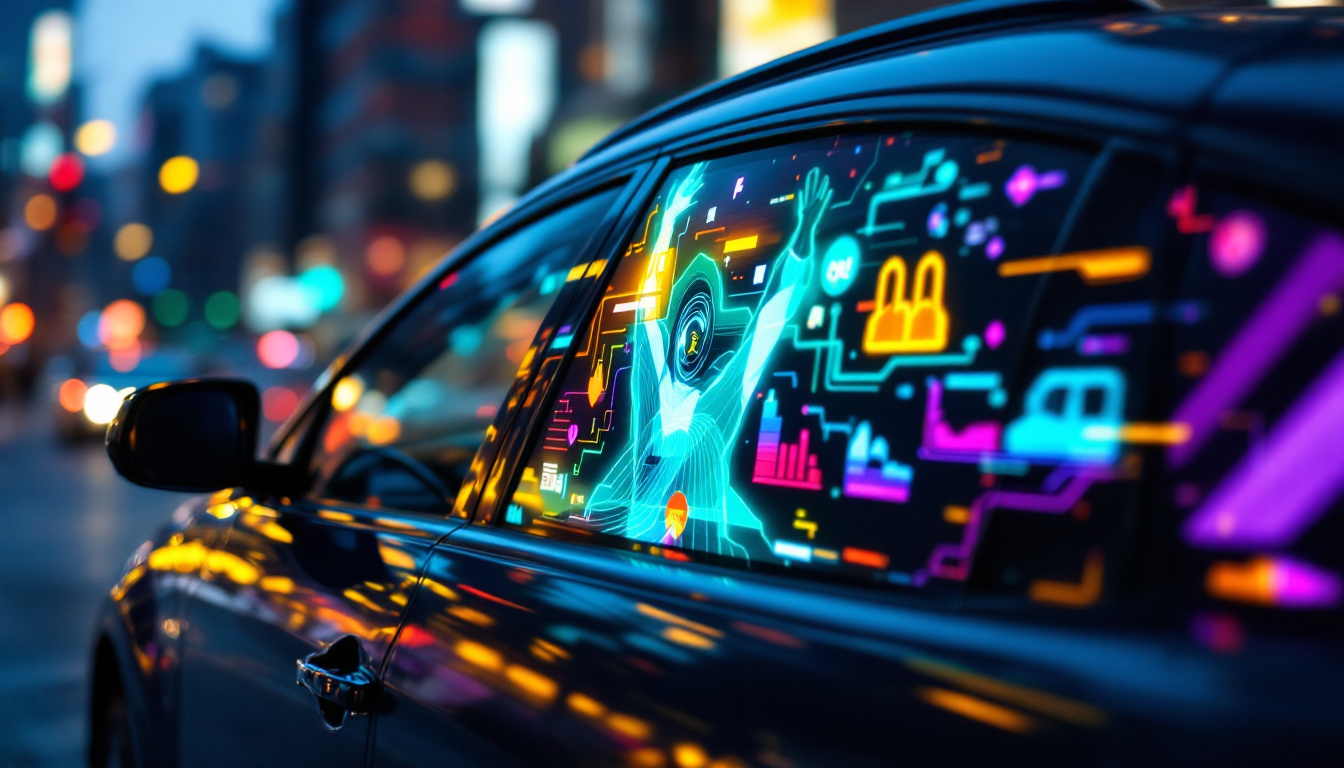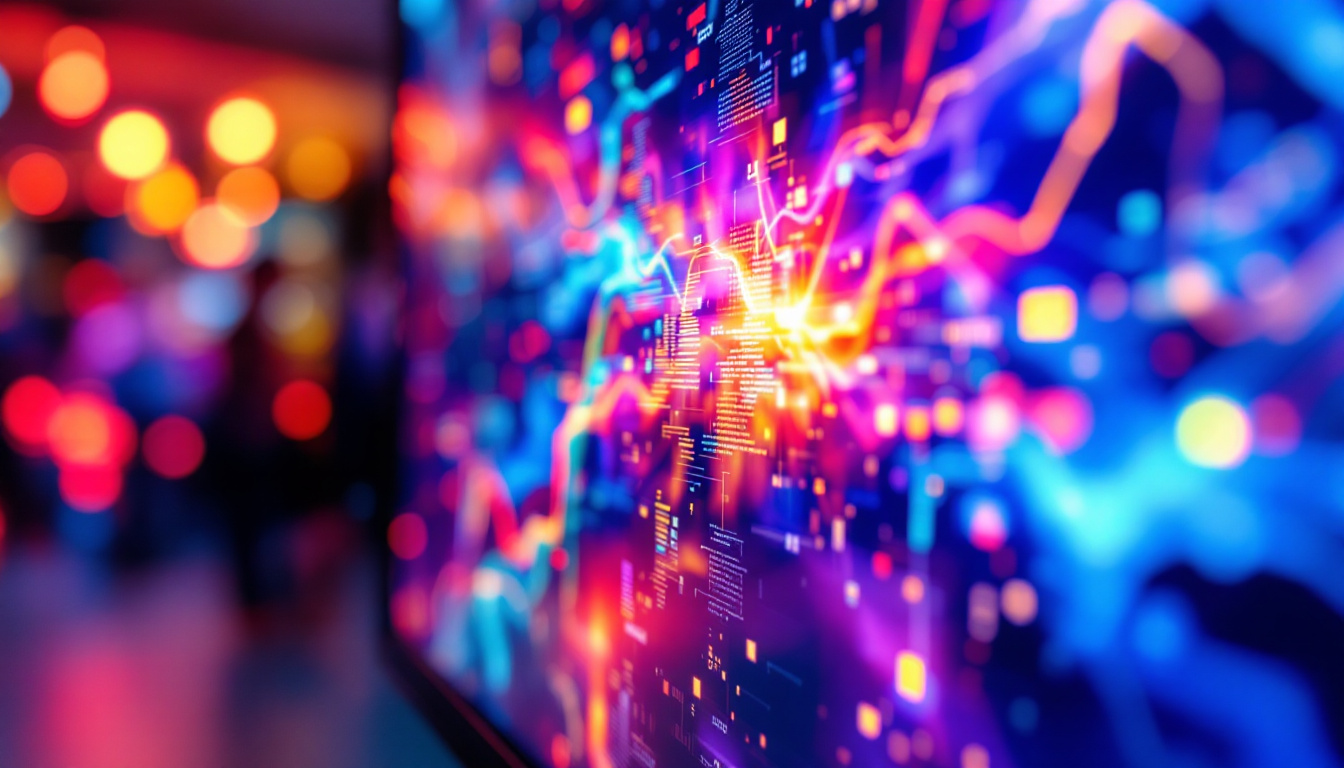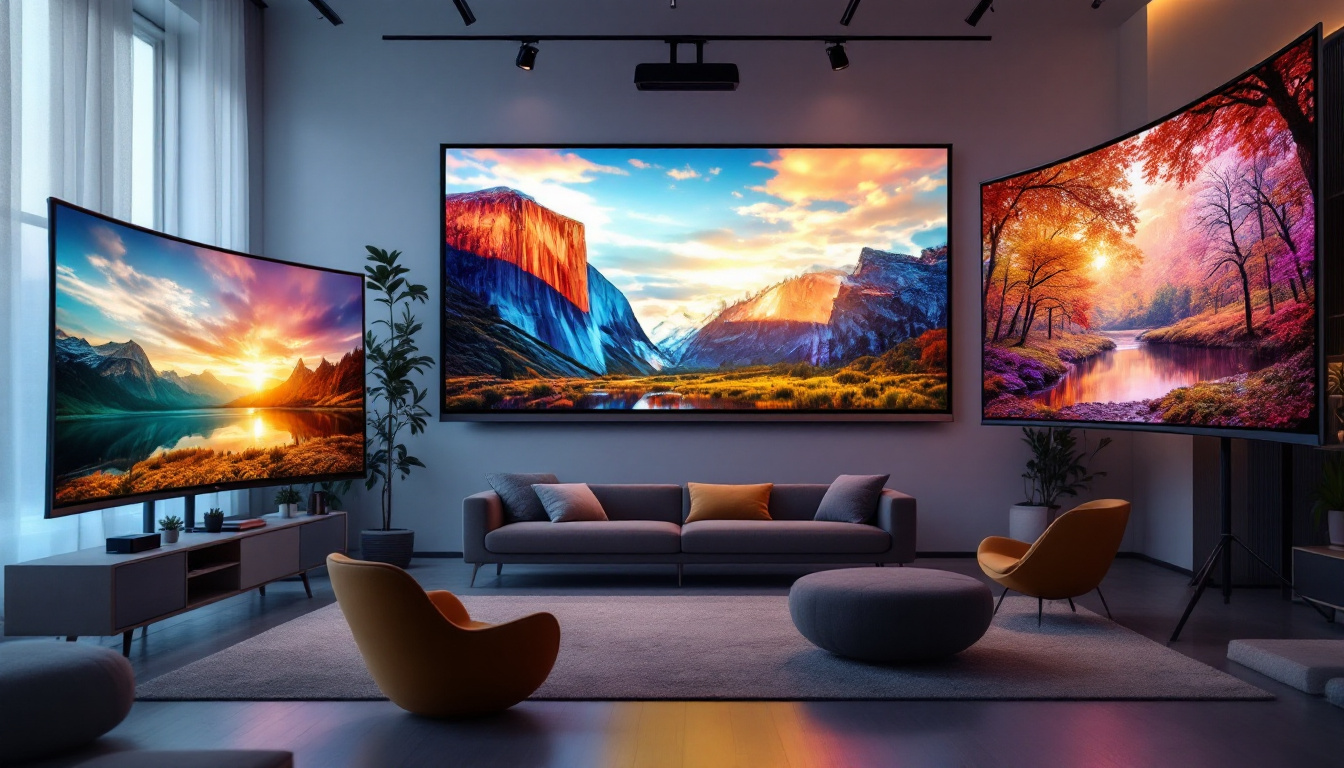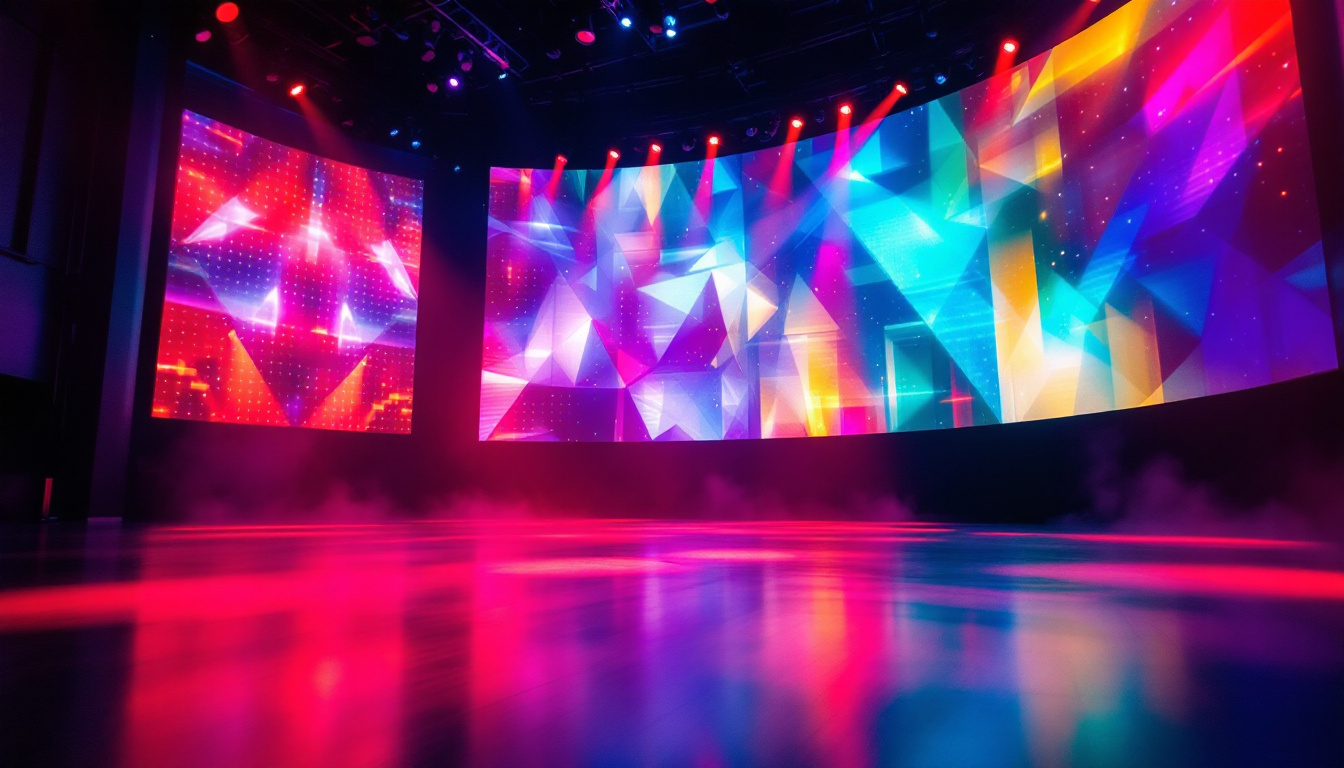In the modern world, LED displays have become ubiquitous, transforming the way information is presented across various platforms. From smartphones to large-scale advertising billboards, LED technology has revolutionized visual communication. This article delves into the intricacies of LED displays, exploring their functionality, types, advantages, and applications.
Understanding LED Technology
Light Emitting Diodes (LEDs) are semiconductor devices that emit light when an electric current passes through them. The technology has evolved significantly since its inception, leading to a wide range of applications in displays. Unlike traditional display technologies such as LCDs or CRTs, LED displays offer superior brightness, energy efficiency, and lifespan. This remarkable efficiency not only reduces energy consumption but also minimizes heat output, making LEDs a more environmentally friendly option compared to older technologies. As a result, they have become the preferred choice for both commercial and residential lighting solutions.
How LED Displays Work
At the core of an LED display is a matrix of tiny LED lights that can be individually controlled. These lights can emit different colors based on the voltage applied to them, allowing for a full spectrum of colors to be displayed. The arrangement of these LEDs in a grid format enables the creation of images and videos by turning specific LEDs on or off in rapid succession. This rapid switching capability is crucial for creating dynamic visuals, such as those seen in video advertisements or live event displays. Moreover, the response time of LEDs is significantly faster than that of traditional display technologies, resulting in smoother motion and reduced blur during fast-paced scenes.
The most common configuration for LED displays is the RGB model, which combines red, green, and blue LEDs to produce various colors. By adjusting the intensity of each color, a wide range of hues can be achieved, making the display vibrant and visually appealing. This color mixing process is not only fundamental to the display’s performance but also allows for the creation of intricate designs and animations that captivate viewers. Additionally, advancements in technology have led to the development of high dynamic range (HDR) displays, which further enhance color accuracy and contrast, providing a more immersive viewing experience.
Types of LED Displays
LED displays come in various forms, each tailored for specific applications. The main types include:
- Direct View LED Displays: These displays use LEDs as the primary light source and are commonly used in large outdoor screens and digital billboards. Their ability to maintain visibility in bright sunlight makes them ideal for outdoor advertising and public information displays.
- LED-backlit LCD Displays: These displays use LED lights to backlight an LCD panel, enhancing brightness and color accuracy. This hybrid technology combines the benefits of both LED and LCD, resulting in thinner screens and improved energy efficiency.
- Organic LED (OLED) Displays: Utilizing organic compounds to emit light, OLED displays offer superior contrast and flexibility, making them popular in smartphones and high-end televisions. The ability of OLEDs to achieve true blacks by turning off individual pixels contributes to their striking image quality and ultra-thin form factor.
In addition to these common types, there are also specialized LED displays designed for niche markets. For instance, transparent LED displays are gaining traction in retail environments, allowing for eye-catching advertisements without obstructing the view of products behind them. Furthermore, flexible LED screens are being developed for innovative applications, such as curved displays that can fit into unconventional spaces or even wearable technology. These advancements continue to push the boundaries of what is possible with LED technology, making it an exciting field to watch as it evolves.
Advantages of LED Displays
LED displays offer numerous advantages over traditional display technologies, making them a preferred choice for many applications. Their benefits include:
Energy Efficiency
One of the most significant advantages of LED displays is their energy efficiency. LEDs consume less power compared to incandescent or fluorescent lights, leading to lower electricity bills and a reduced environmental impact. This efficiency is particularly beneficial for large displays that operate continuously, such as those used in advertising and public information systems. Moreover, the ability to control brightness levels dynamically allows for further energy savings, as LEDs can adjust their output based on ambient light conditions, ensuring optimal performance without unnecessary power consumption.
Longevity and Durability
LED displays are known for their long lifespan, often exceeding 50,000 hours of use. This longevity translates to lower maintenance costs and less frequent replacements. Additionally, LEDs are more durable than traditional display technologies, making them resistant to shock and vibration. This durability is especially important in outdoor settings where displays are exposed to the elements. The robust construction of LED displays also means they are less likely to suffer from issues such as burn-in, which can plague older display technologies, ensuring that the content remains crisp and clear throughout their operational life.
High Brightness and Contrast
LED displays provide exceptional brightness levels, making them suitable for use in direct sunlight. This high brightness ensures that content remains visible and engaging, even in challenging lighting conditions. Furthermore, the contrast ratios achievable with LED technology enhance the clarity and vibrancy of images, resulting in a more immersive viewing experience. The ability to produce deep blacks alongside bright whites allows for a more dynamic range of colors, making LED displays ideal for applications ranging from digital billboards to high-definition television screens. This capability not only improves the aesthetic appeal but also enhances the effectiveness of visual communication, capturing the attention of passersby and viewers alike.
Versatility in Design
Another notable advantage of LED displays is their versatility in design and application. LED technology can be configured in various shapes and sizes, allowing for creative installations that can fit any space. From large-scale outdoor billboards to intricate indoor displays, the flexibility of LED panels enables designers to push the boundaries of visual presentation. Additionally, advancements in technology have led to the development of flexible LED screens that can bend and curve, opening up new possibilities for innovative display solutions in retail environments and event staging.
Environmental Benefits
In addition to their energy efficiency, LED displays contribute positively to environmental sustainability. Unlike traditional display technologies, LEDs do not contain harmful substances such as mercury, making them safer for disposal and reducing the risk of environmental contamination. Furthermore, the reduced energy consumption associated with LED displays contributes to lower greenhouse gas emissions, aligning with global efforts to combat climate change. As businesses and organizations increasingly prioritize sustainability, the adoption of LED technology represents a proactive step towards a greener future, showcasing a commitment to responsible practices while enhancing visual communication.
Applications of LED Displays
The versatility of LED displays has led to their adoption across various industries. Here are some notable applications:
Advertising and Marketing
One of the most prominent uses of LED displays is in advertising. Digital billboards and signage leverage LED technology to capture attention with dynamic content. These displays can be updated remotely, allowing advertisers to change messages in real-time and target specific audiences effectively.
Entertainment and Events
In the realm of entertainment, LED displays are integral to concerts, festivals, and sporting events. Large LED screens provide audiences with close-up views of performances and instant replays, enhancing the overall experience. The flexibility of LED technology also allows for creative stage designs and immersive environments.
Information and Communication
LED displays are widely used for information dissemination in public spaces. From transportation hubs displaying arrival and departure times to educational institutions showcasing announcements, these displays serve as vital communication tools. Their ability to present information clearly and attractively makes them ideal for engaging audiences.
Challenges and Considerations
While LED displays offer numerous benefits, there are also challenges and considerations to keep in mind. Understanding these factors is essential for making informed decisions regarding their use.
Cost Considerations
Although the prices of LED displays have decreased over the years, the initial investment can still be significant, especially for large installations. Organizations must weigh the upfront costs against the long-term savings in energy and maintenance. Additionally, the choice between different types of LED displays can impact overall costs.
Heat Management
LED displays generate heat during operation, which can affect their performance and longevity if not managed properly. Adequate cooling systems and ventilation are essential to prevent overheating, especially in enclosed spaces or during prolonged use. Proper heat management ensures optimal performance and extends the lifespan of the display.
Environmental Impact
While LED displays are more energy-efficient than traditional technologies, their environmental impact should not be overlooked. The production and disposal of electronic components can contribute to environmental challenges. It is essential for manufacturers and users to consider sustainable practices, such as recycling old displays and using eco-friendly materials.
The Future of LED Displays
The future of LED displays is promising, with ongoing advancements in technology and design. Innovations are expected to enhance performance, reduce costs, and expand applications. Here are some trends shaping the future of LED displays:
MicroLED Technology
MicroLED technology represents the next generation of LED displays, offering even smaller individual LEDs that can be arranged in a modular format. This technology promises improved resolution, color accuracy, and flexibility in display design. MicroLED displays are expected to find applications in everything from consumer electronics to large-scale installations.
Flexible and Transparent Displays
As the demand for innovative designs grows, flexible and transparent LED displays are emerging. These displays can be bent and shaped to fit various surfaces, allowing for creative applications in architecture and advertising. Transparent displays also offer the potential for unique user experiences, enabling content to be overlaid on real-world environments.
Integration with Smart Technologies
The integration of LED displays with smart technologies is another trend to watch. As the Internet of Things (IoT) continues to evolve, LED displays will likely become more interconnected, allowing for real-time data updates and enhanced interactivity. This integration can lead to more personalized experiences for users and improved efficiency in information dissemination.
Conclusion
LED displays have transformed the landscape of visual communication, offering a myriad of advantages that make them suitable for diverse applications. From their energy efficiency and longevity to their high brightness and versatility, LED technology continues to shape the way information is presented and consumed. As advancements in technology pave the way for new innovations, the future of LED displays promises to be even more exciting, pushing the boundaries of what is possible in visual communication.
In a world increasingly driven by digital interaction, understanding LED displays is essential for businesses, advertisers, and consumers alike. Embracing this technology not only enhances communication but also contributes to a more sustainable and engaging future.
Explore Cutting-Edge LED Displays with LumenMatrix
As you consider the vast potential and benefits of LED display technology for your business or project, LumenMatrix stands at the forefront of innovation, ready to illuminate your vision. With a comprehensive range of solutions including Indoor LED Wall Display, Outdoor LED Wall Display, Vehicle LED Display, and more, LumenMatrix is committed to revolutionizing visual communication. Whether you aim to enhance brand visibility, create captivating visual experiences, or simply share your message with greater impact, our state-of-the-art LED display modules are designed to meet your needs. Check out LumenMatrix LED Display Solutions today and take the first step towards transforming your digital interaction.

